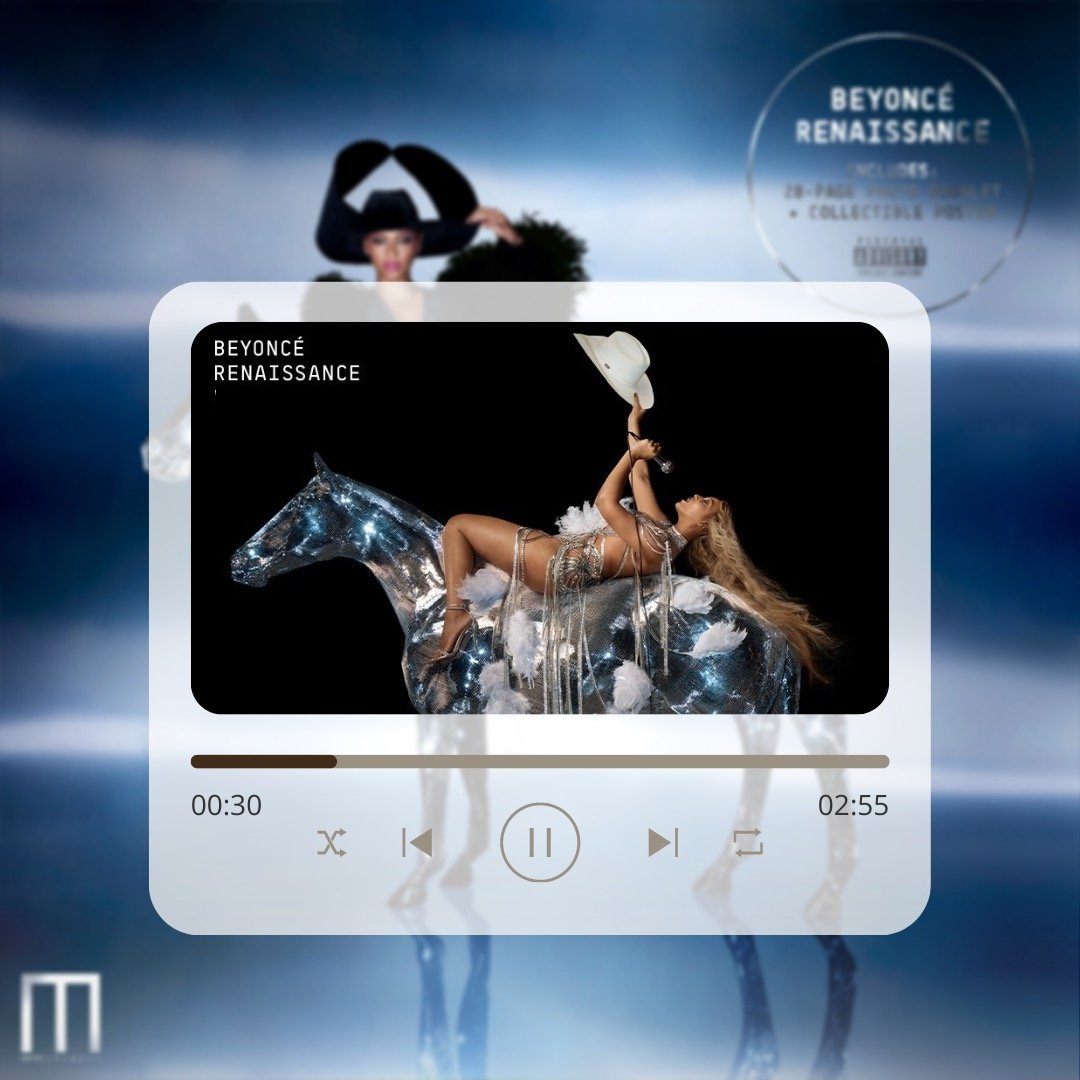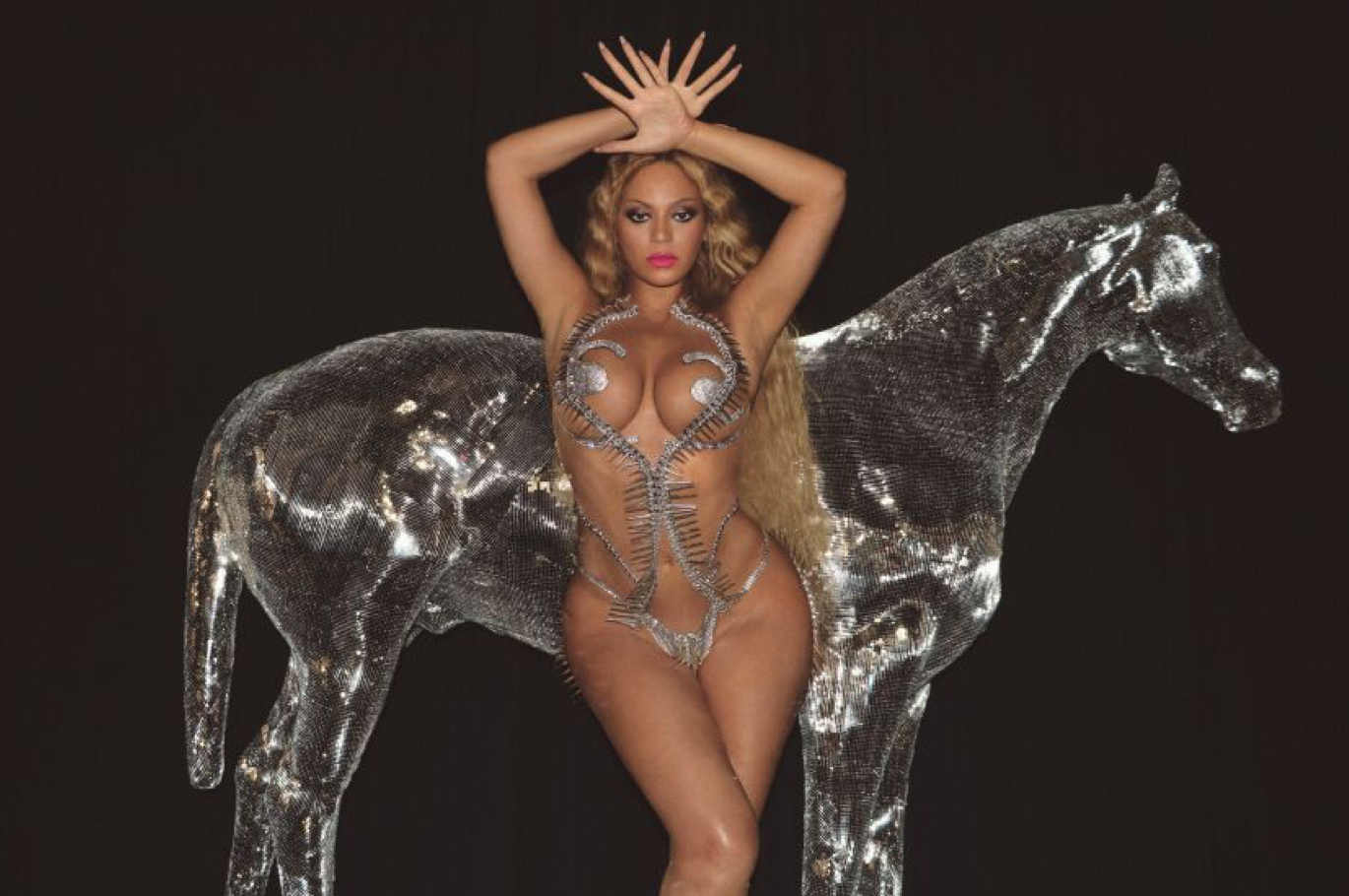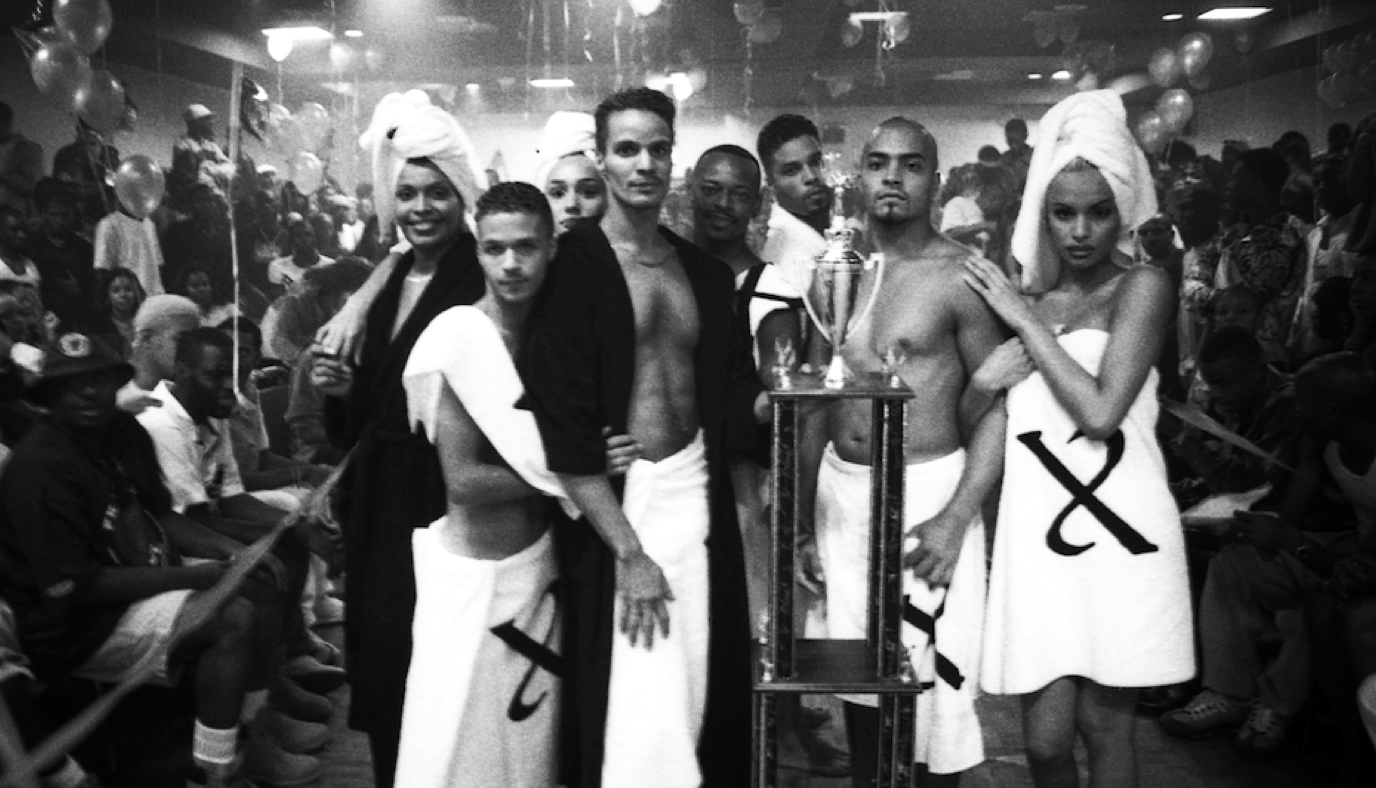How Beyonce’s Renaissance Pays Homage to the Ballroom Scene
Image Courtesy: Strike Magazine Tallahassee
In July 2022, Beyoncé expectedly took the world by storm with the release of her album, RENAISSANCE. Her work encouraged listeners to immerse themselves in a colorful soundscape rich with hard-hitting bass, melodies inspired by traditional pop, house, and afrobeat genres, and — arguably the most important aspect of the album — overt nods to ballroom culture.
Image Courtesy: Metro Weekly
During the late nineteenth century, to silently protest the laws that prohibited dressing in clothes that didn’t align with one’s gender, and individuals in the LGBTQ+ community would gather in an underground spaces to exist as they pleased, away from the eyes of the public. These gatherings were referred to as “drags,” or masquerade balls, that consisted of various competitions where members of the queer community were free to express themselves. However, these drags would predominantly only host white members of the community, and those that allowed people of color to compete, however, would not award prizes or titles to individuals of color due to the racial bias of white judges.
Image Courtesy: them
Desiring a space where they could express themselves freely without encountering inherent racism in the queer community, balls would be held by Black and Latino LGBTQ+ groups in which queer people of color were free to participate in the ball scene. In this space, individuals would walk or compete through dancing, modeling, and lip-synching. Exhausted from the racism experienced in this early ball culture, Crystal LaBeija, founder of the House of LaBeija, held the first Black-hosted ball in Harlem along with her friend, Lottie. LaBeija stood in all of her pride and glory as a Black trans woman, and by doing so, created a name for herself as one of the most iconic House Mothers and drew the blueprint for the modern ball scene.
Ball culture is a fierce, poignant means of expression and self- an act of resisting queer oppression and heteronormativity while simultaneously serving as a community. In order to walk, participants must belong to a house, or group of chosen families, led by a house mother or father — typically older members of the LGBTQ+ community (often trans women and drag queens) — that held the role of looking after their house members and providing guidance on and off the ballroom floor. Houses provided queer individuals with a place to find acceptance and a home, which they otherwise may have never found without ballroom.
Image Courtesy: LinkedIn
Ballroom is a vibrant celebration of community, performance, and the fearless act of embodying queer individuality- one that Beyoncé did not hesitate to perpetuate beautifully in her most recent album. In multiple tracks such as MOVE and BREAK MY SOUL, Beyoncé utilizes different chants, one of the most distinctive sounds in ballroom, made up of rhythmic wordplay and nods to the culture, enhancing the energy of performances and the overall scene.
The RENAISSANCE artist does not try to make her nods to queer history and greatness subtle in the least bit, sampling from Black and queer icons like Grace Jones, Kevin Aviance, and Moi Renee. While giving credit where it’s due, Beyoncé continues to broaden the platform of legendary sounds, artists, and performers that embody Black and queer excellence.
Image Courtesy: Madonna Underground
Even in the remixed versions of tracks from RENAISSANCE, signs of ballroom are alive and thriving. In the BREAK MY SOUL — THE QUEENS REMIX, Beyoncé lists, in a rather royal fashion, the houses that have been influential and inventive in their existence: the House of Xtravaganza, House of Revlon, House of LaBeija, House of Amazon, House of Aviance, House of Balmain, House of Ninja, House of Lanvin, House of Telfar, House of Ladosha, House of Mugler, House of Balenciaga, and House of Mizrahi. Each of these families have impacted the subculture of ballroom, making it all the more innovative and groundbreaking.
Image Courtesy: Daily Hive
In ALIEN SUPERSTAR, listeners are met with a sample of Barbara Ann Teer’s speech, Black Theatre. A writer, teacher, producer, dancer, and unwavering advocate for the performing arts within the Black community, Teer is heard saying, “We dress a certain way. We walk a certain way. We talk a certain way. We paint a certain way. We make love a certain way, you know?” Teer proceeds by saying, “All of these things we do in a different, unique specific way that is personally ours.” Although she is not solely referring to the LGBTQ+ community in this speech, the ballroom scene can most definitely make connections and relate to the sentiment. A culture built on the concepts of genuine expression, Black and queer joy, and community, the ballroom scene is all too familiar with being forced to advocate for themselves, for the beauty that is coming together to do things differently, to do things a certain way.
RENAISSANCE is a musical and cultural phenomenon that will continue to provide a safe space through sound for many oppressed identity groups. Exposure to ballroom culture through the album reinvigorates the fact that, at the height of American culture and art, are exceptional Black and queer icons that make significant strides in artistry that alter the manner the general public consumes music, culture, and the concept of self.
Image Courtesy: NPR
To be Black and queer is to be revolutionary, and this notion is precisely what ballroom exemplifies. So, while fans across the world gather for this most anticipated tour of RENAISSANCE, it is imperative to acknowledge and remember the Black, queer visionaries and artists who have risked so much, even their lives, in the name of living authentically and unapologetically.
Strike Out,
Writer: Blake Fiadino
Editor: Jayna O
Graphic Designer: Ashley de Cardenas
Tallahassee







